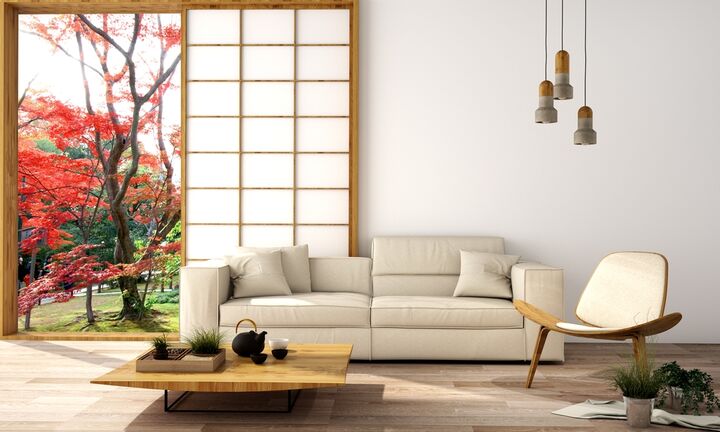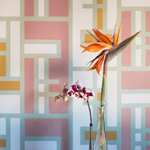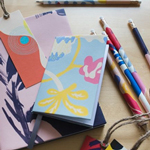
History of Zen interior style
Very little is known about the history of Zen interior design. Experts believe that the interior style can be traced back to the principles of Buddhist which focus on loving kindness, calmness and meditative and open attitudes. Zen is short for Zazen, which is a Japanese term for meditation. With these, the key elements in Zen interior style is based on minimalism and the focus on harmony and balance. Though the word Zazen is Japanese, the concept actually began in China,which eventually spread to the different parts of the world. The concept is then used by design experts in their projects.
How to get Zen interior style into your home
Zen interior design style is not that easy to achieve, but trust us if we say that it is fun to create one. There are basically four elements that need to be considered to successfully achieve the design in your home.
The first thing to think about is the flow of energy in the rooms. In Zen interior style, this means setting the energy free in a space by removing all the obstacles. Think about the flow of a clear water, an open space in which rooms dissolve easily into each other. The open space can also be the focal point of the room.
In terms of color, rely on daylight and artificial light that mimics sunlight and can be dimmed to create an ambiance rather than illumination. The colors revealed by the light you allow in the rooms must be restful and harmonious when they are natural. Bamboo, stone, matte white or soft neutral walls as well as the natural hues of the upholstery and curtains will do the job.
Simplicity is the keyword. You only need enough stuffs to live your life. Storage may probably be one of the most important thing that you need in your home. In Zen interior style, storage is crucial. For example, built-in cabinets that disappear into matching wallpapers can be used to hold books, kitchenware clothes, and others. China and other cookware can be stored in floor-to-ceiling laminated kitchen cupboards as white as the walls.
Think about versatility. Every inch of the space must commit to multitasking to solve cramped space problem. Furniture pieces for example can have several purpose rather than their original function. A bed can be a sofa during daylight or a living room daybed, carved African stools and Shaker chairs can be pushed back to create a yoga space.
Zen interior furniture ideas
The furniture are simple, and natural with minimalist pieces that are an absolute necessity. Natural, and sustainable materials are used for creating the furniture pieces to show kindness and love to the environment. Furniture pieces may be painted to blend with the rest of the home. The placement of the furniture pieces are also important in Zen interior style. For instance, the bed in the bedroom must be placed near the natural source of light and this is also true with the sofa and chairs in the living room. All furniture pieces must have a clean and simple lines that integrate well with each other.
Bring that Zen interior style in your living room
Creating a Zen living room may be the first step to take to have a relaxing and calming environment. In order to successfully achieve this, the first thing that you should do is to de-clutter and get rid of all the unnecessary items.
The second step is to choose the color theme for the living room. The ideal colors are neutral ones such as green and shades of brown.
Zen living room design can be achieved with the use of Japanese furniture and try to avoid plastics and metals. One good example is the kaidan tansu, which is actually a chest resembling stairs that can help you stack anything in a fashionable manner.




